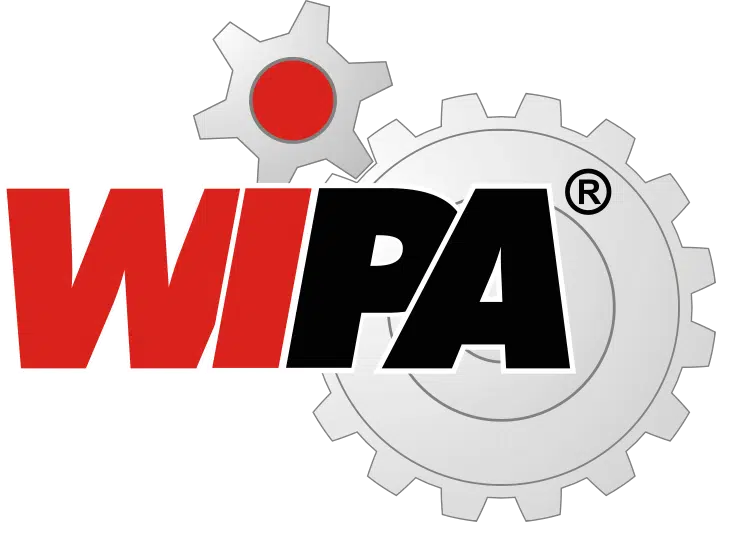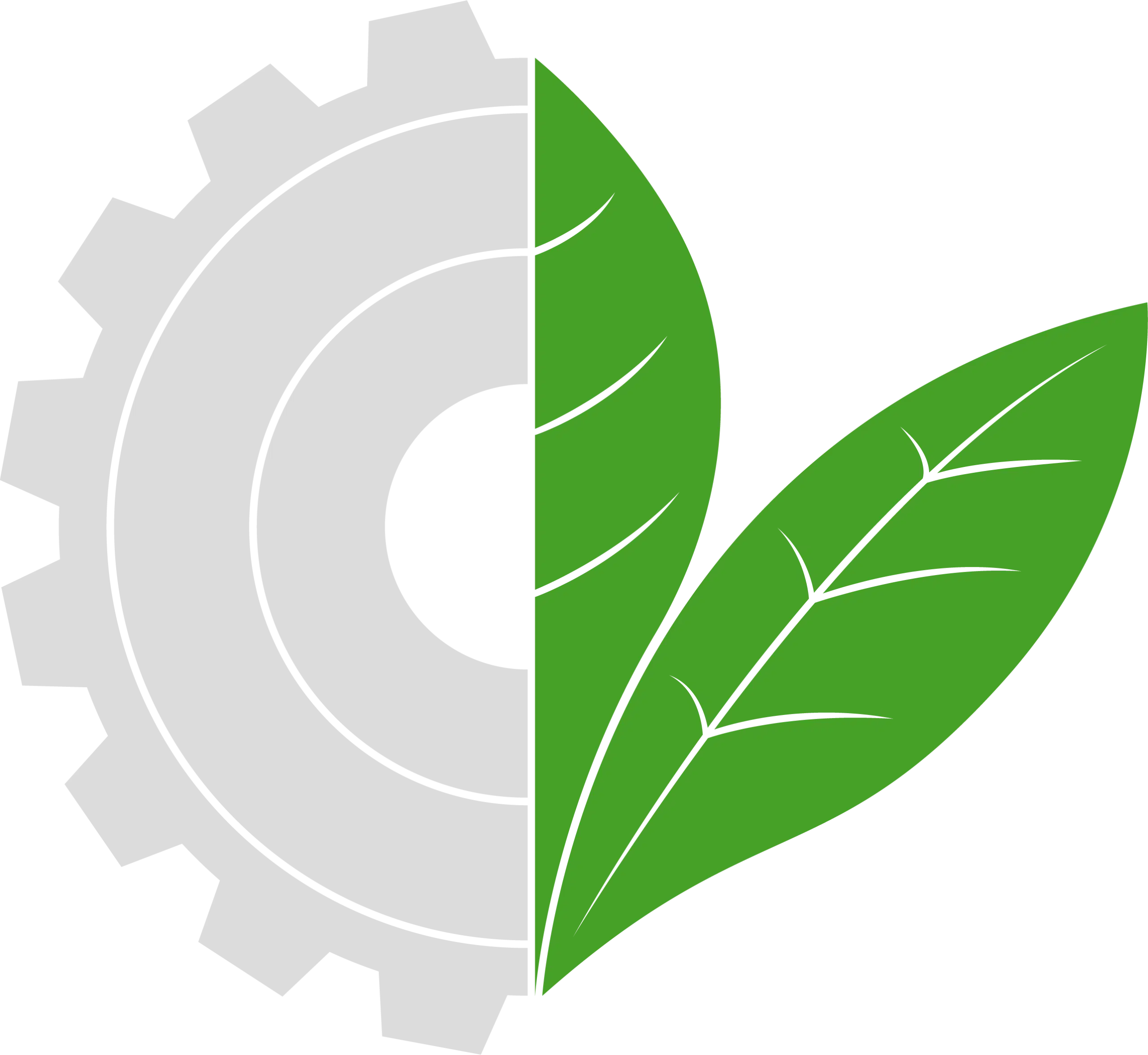Cleaning and drying,
Condense
Plast Compactor
Type: PC
The WiPa Plast Compactor or of the PC series is used for the gentle compaction of plastics with a low bulk density, for example:
– Fibers
– Foils
– Stretch film
– Foams
– Powder
– Dust
During the process in the WiPa Plast Compactor compactor, the bulk density of the plastic is increased, thus the plastic becomes an easily dosed agglomerate with a high bulk density at the lowest possible thermal damage.

WIPA Frictionwasher
The procedure
If the conveying elements move to the rear, the conveying elements will contact each other and slide backward through the material with only slight resistance. Very little material is withdrawn and compared to conventional systems, the WiPa system consumes up to 75% less energy. While conveyor rails 1 and 3 move forward, rails 2 and 4 move in the opposite direction. This is done in continuous alternation. Due to the modular design of the containers, sizes from 6 to 1000m3 can be produced based on the same or similar parts. The silos can also be upgraded later with little effort.
Gentle compaction
The thermal effect on the material in the WiPa Plast Compactor or is much lower than in conventional agglomerators, which operate in a discontinuous process, or extruders, as the material only remains in the WiPa Plast Compactor for a few seconds. Here, the melting point is not reached, as the material is only brought into a doughy state and determines itself when it leaves the discs.
The agglomerate
During the process, finger-sized agglomerates are formed, which are cut to the desired particle size in a downstream granulator. The size of the agglomerate is defined by a screen installed in the granulator. To cool down the material and avoid the formation of dust and fines in the final product, the agglomerate is sent through a fines separation and recirculation unit before it reaches the silos or big bags.
Agglomeration and drying
The WiPa Plast Compactor or is basically used to increase the bulk density of plastics. Nevertheless, it finds application in other areas, for example, efficient drying of the material after a washing line. During the process, the material is heated so that moisture evaporates and the material moisture content is reduced to approx. 0.1%. In this state, the material is ready for further processing in an extruder or injection molding machine.
Compounding
Additives and fillers such as colorants, plasticizers, etc. can be fed directly to the feed screw of the Plast compactor via the special metering units. The material is heated and homogenized in the agglomeration process so that the fillers can be absorbed. This results in uniform distribution of the additives and fillers in the plastic, which enables an improved combination of properties in the end product.
Crystallization of Pet Grind
The WiPa Plast Compactor is ideally suited for the crystallization of PET regrind, for example after a hot wash. The material is heated until it assumes a doughy state. Crystallization of PET starts at a temperature of approx. 120 – 140°C, which the WiPa Plast Compactor reaches quickly and gently. The viscosity value remains almost unchanged, since the melting point is not reached during the process. This enables efficient crystallization of the PET material, resulting in improved quality of the end product.
The procedure






Type PC 700
All data at a glance
Technical data | PC 300 | PC 500 | PC 600 | PC 700 | PC 850 | PC 1400 | |
Main drive kW | 30 – 75 | 75 – 160 | 110 – 200 | 160 – 315 | 315 – 630 | 400 – 1000 | |
Bulk density | g/l | ||||||
Throughput | kg/hr. | kg/hr. | kg/hr. | kg/hr. | kg/hr. | kg/hr. | |
HDPE | 370 | 280 – 350 | 480 – 700 | 750 – 1200 | 1150 – 2000 | 1700 – 3000 | 2500 – 4000 |
PE film | 350 | 200 – 500 | 500 – 800 | 750 – 1150 | 800 – 1600 | 1200 – 2100 | 2000 – 3500 |
PE foam | 350 | 200 – 500 | 400 – 700 | 700 – 1050 | 750 – 1400 | 1000 – 1650 | 2000 – 3200 |
PP Fleece | 390 | 150 – 300 | 400 – 700 | 700 – 1250 | 750 -1400 | 1050 – 1850 | 2000 – 3100 |
PS Foil | 460 | 150 – 300 | 300 – 700 | 700 – 1200 | 750 – 1300 | 1100 – 1900 | 2150 – 3250 |
EPS | 500 | 180 – 300 | 300 – 700 | 700 – 1200 | 750 – 1200 | 1000 – 1600 | 1900 – 2700 |
PVC film | 600 | 250 – 400 | 300 – 700 | 750 – 1250 | 800 – 1500 | 1150 – 1850 | 2100 – 3100 |
PVC foam | 500 | 250 – 400 | 300 – 700 | 700 – 1200 | 800 – 1450 | 1000 – 1650 | 1850 – 2700 |
PET film | 600 | 200 – 300 | 600 – 900 | 750 – 1350 | 800 – 1700 | 1150 – 2150 | 2100 – 3400 |
PET fibers | 600 | 150 – 300 | 400 – 600 | 750 – 1100 | 850 -1450 | 1200 – 1750 | 2000 – 2600 |
PET foam | 550 | 100 – 250 | 250 – 600 | 550 – 1000 | 650 – 1100 | 1000 – 1550 | 1700 – 2400 |
PET fleece | 600 | 200 – 350 | 400 – 700 | 650 – 1250 | 800 – 1750 | 1100 – 2150 | 1800 – 2600 |
PET regrind (bottles) | 550 | 200 – 400 | 400 – 1000 | 700 – 1300 | 950 – 1800 | 1380 – 2200 | 2400 – 3900 |
PA Foil | 430 | 150 – 300 | 400 – 900 | 650 – 1250 | 850 – 1650 | 1200 – 2100 | 2150 – 3400 |
PA 6 / 6.6 fibers | 450 | 150 – 250 | 400 – 900 | 650 – 1050 | 800 – 1250 | 1000 – 1700 | 2000 – 3200 |
Carpet waste | 390 | 100 – 250 | 350 – 600 | 600 – 1000 | 800 – 1200 | 1000 – 1600 | 1900 – 2900 |
Synthetic rubber | 420 | 150 – 400 | 250 – 700 | 650 – 1500 | 800 – 1850 | 1100 – 2200 | 2100 – 3200 |
Wood plastics | 350 | 150 – 350 | 250 – 600 | 650 – 1350 | 800 – 1650 | 1000 – 1900 | 2000 – 300 |
Throughput rates and technical data are empirical values and may vary depending on the material.

